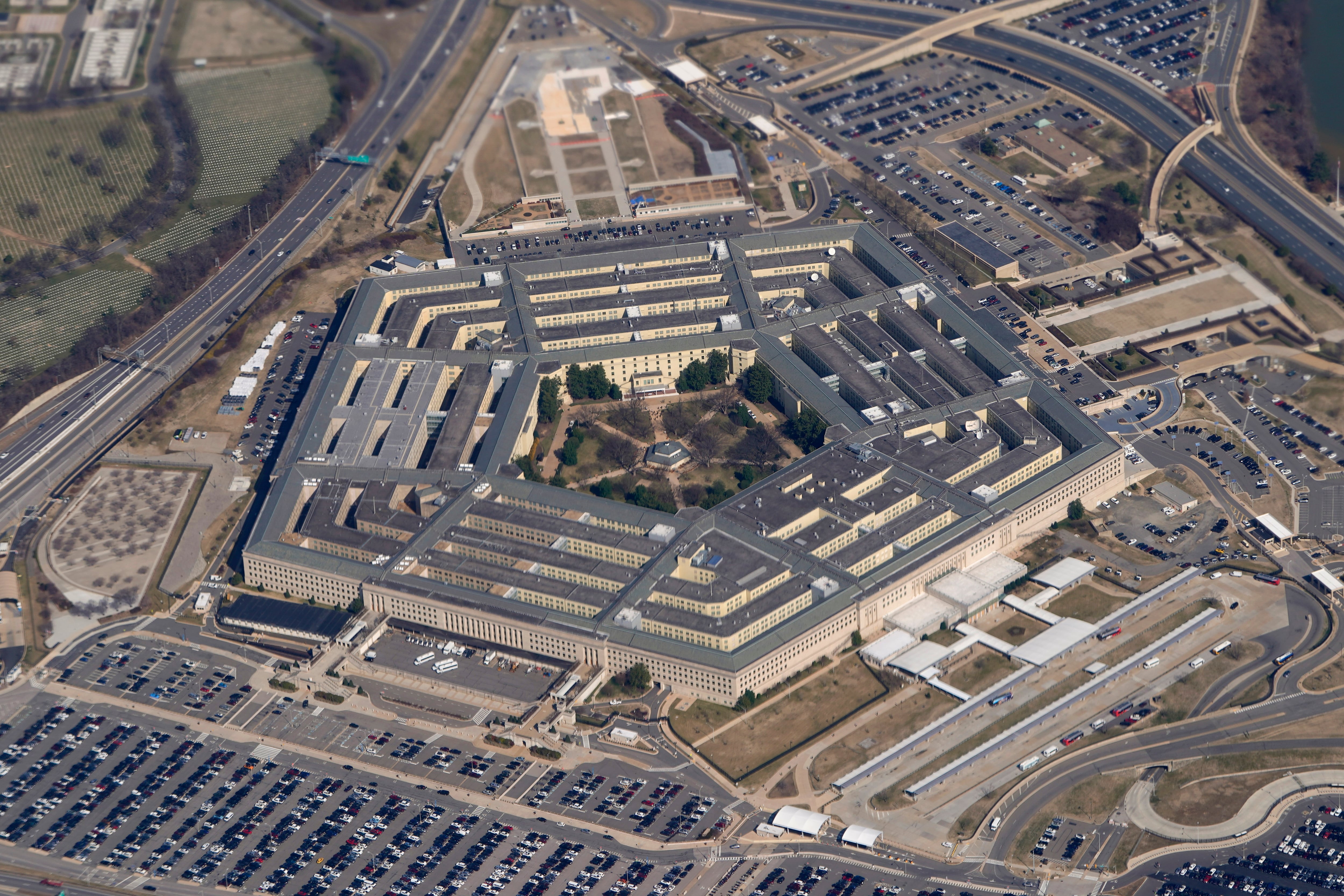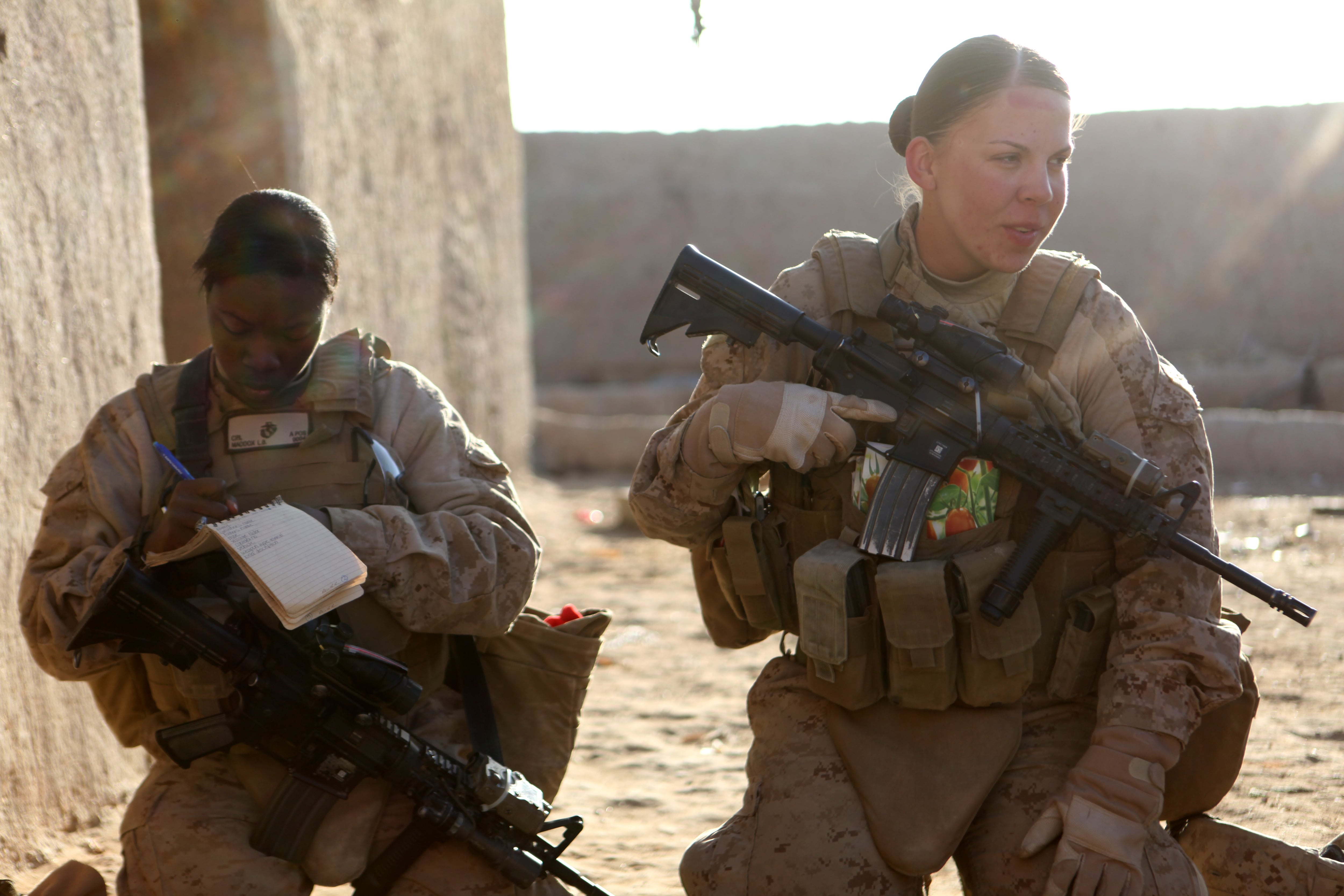WASHINGTON ― As Russian forces massed on Ukraine’s border in 2021 and 2022, China flew a record numbers of sorties into the airspace around Taiwan. When Pentagon leaders are faced with two separate crises like this, do they need to adjust their plans for conflicts and disasters in other regions?
They do, according to a new report from the Center for Strategic and International Studies, which calls for the Pentagon to adopt a more dynamic approach to assessing risks, one it says would be attuned to the tempo of great power competition.
The report’s authors propose the Pentagon incorporate the mathematical concept of Bayesian reasoning with data analysis and expert opinions to more accurately identify and account for risks.
“Contingency plans are done largely in a bit of a vacuum, and as you and I work on plans we assess them as independent and discrete,” said Benjamin Jensen, who authored the report with Marine Corps Lt. Col. Peter Combe and researcher Adrian Bogart. Jensen is the think tank’s senior fellow for wargaming and strategy.
While the military’s contingency plans are closely held and considered classified, the report’s authors shine a spotlight on the processes involved. Based on Pentagon documents such as the National Military Strategy and National Defense Strategy, the Joint Staff prepares the Joint Strategic Campaign Plan, which outlines priorities for contingency plans for each of the military’s geographic combatant commands, including what potential crises to focus on and how often to update plans.
Because those contingency plans tend to be updated every two years, when a crisis occurs, they must be updated on the fly. That leaves decision-makers behind the curve and “prone to condensed timelines, friction, and uncertainty,” the authors write.
The report notes the Pentagon’s risk assessment methodology begins with identifying a threat or hazard, then makes subjective assessments of how probable it is and how severe it would be, and finally recommends a course to avoid or mitigate it.
The authors say those assessments should also communicate unknown factors ― especially when they relate to adversary intent, which is notoriously hard to read ― and try to quantify uncertainty.
“Risk communication to policymakers should not be presented in terms of ‘Chinese vertical escalation in the Straits of Luzon is X percent likely.’” the authors write. “Rather, risk communication should be presented as: ‘We assess Chinese horizontal escalation in the Straits of Luzon is X percent likely. However, we do not understand the decisionmaking process between the Chinese Communist Party Politburo, the uniformed officers of the Central Military Commission, and President Xi and see this decision as altering the escalation threshold.’”
“Sadly, such qualifications tend to be treated as equivocating by a profession trained to see risk as deterministic,” they add.
The authors argue the Pentagon must embrace Bayesian theory, a mathematical formula used to update assumptions about the probability of an event as more evidence emerges. Named after Thomas Bayes, the 18th-century statistician who developed it, the theory is used in modern times to make decisions based on incomplete information, like medical diagnoses and financial forecasting.
A Bayesian approach would be coupled with “constant, near-real-time updating” ― for example, using battlefield events in Ukraine to help global contingency planners beyond Europe. As Russia fires more cruise missiles at the Ukrainian electric grid, the thinking goes, Moscow may be less likely to pursue military operations against Japan in the disputed Northern Territories.
The Pentagon has “outdated models compared to finance and insurance, and there’s no reason we can’t connect these plans and automate them to better look at our global portfolios, versus every crisis being unique,” Jensen said.
The report recommends the Joint Staff boost data analytics training for staff advisers and adopt broad cross-functional teams to update risk assessments. For example, a Pentagon Ukraine team would be led by U.S. European Command and hosts representatives of other geographic commands, the State Department’s Russia and Ukraine teams, the CIA and Baltic State representatives, as well as private experts and researchers.
The Pentagon has been reticent to discuss its operational plans openly. Asked whether the number of munitions expended in Ukraine is influencing contingency plans for other parts of the globe, the Pentagon’s press secretary, Brig. Gen. Patrick Ryder, declined to answer directly, citing security reasons.
“We’re not going to do anything that’s going to affect our readiness or our ability to meet our national security requirements,” Ryder said at a press conference last month. “When it comes to being able to ensure that we can support Ukraine, but also meet our own readiness needs, there are ongoing and active discussions as part of this process to ensure that we have what we need and that we can continue to replenish our stocks.”
Joe Gould was the senior Pentagon reporter for Defense News, covering the intersection of national security policy, politics and the defense industry. He had previously served as Congress reporter.




